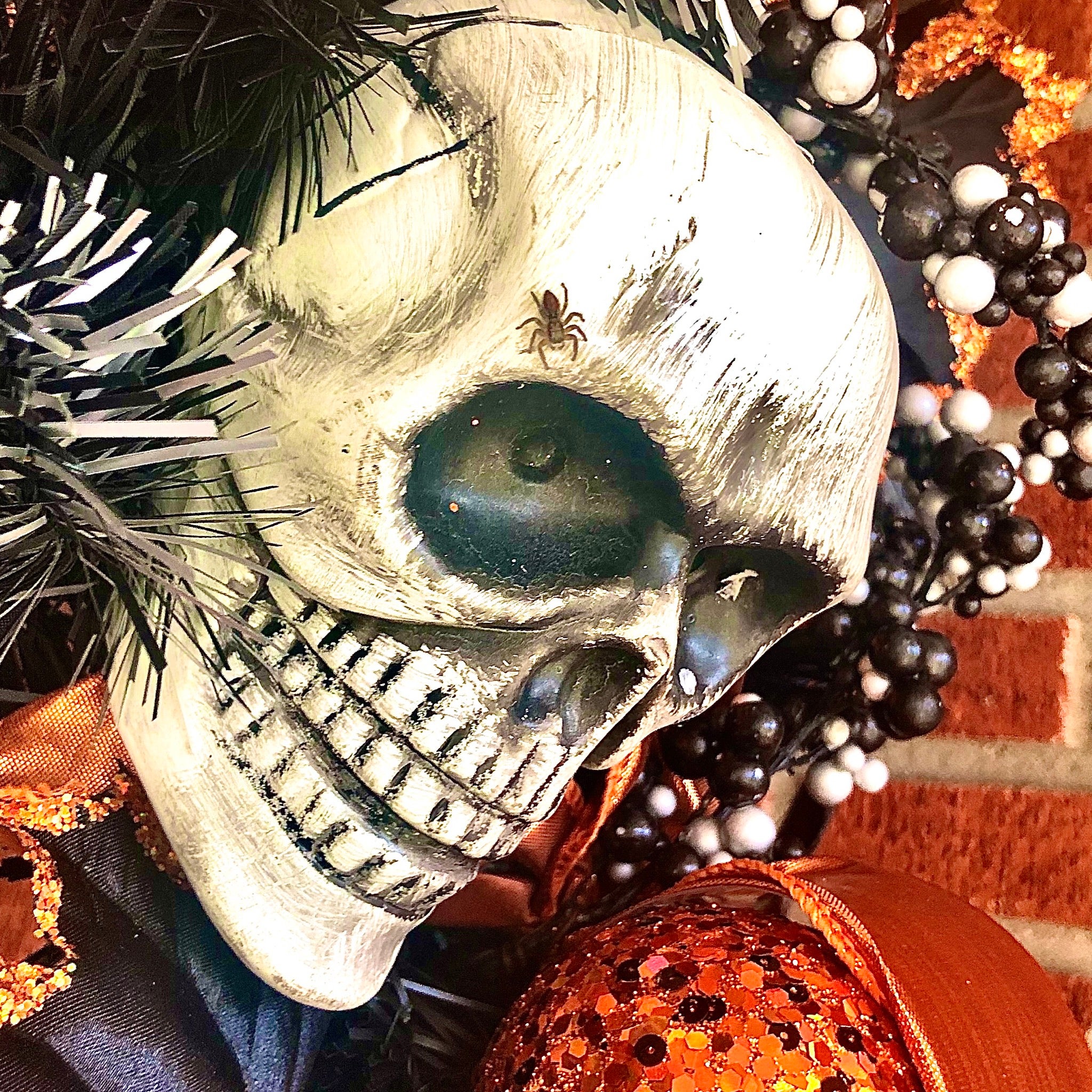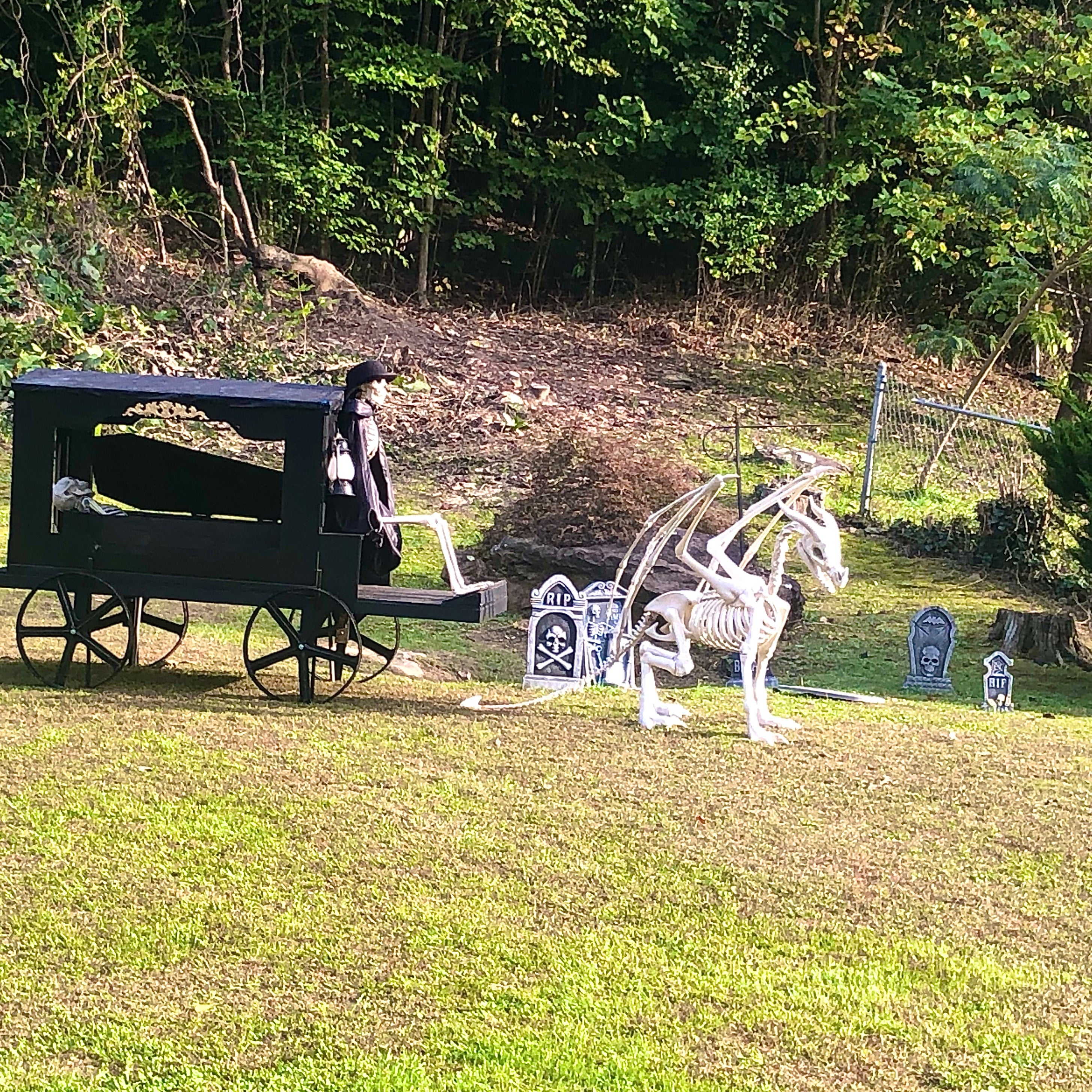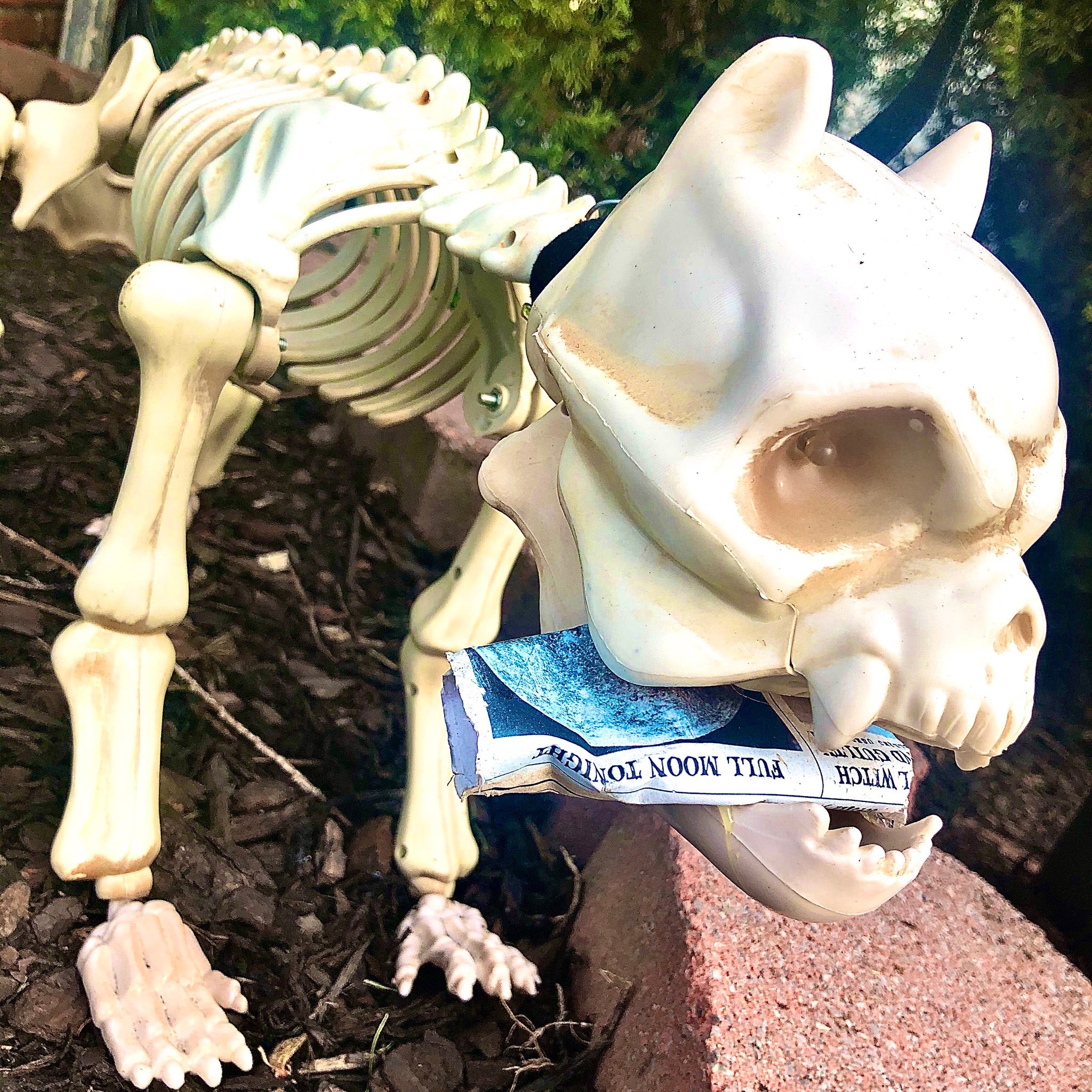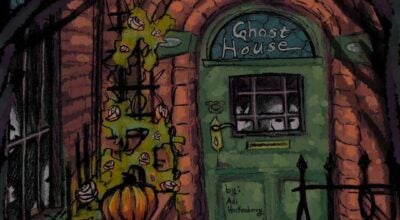Trick-or-treat times set for Harlan County
Published 6:44 pm Friday, October 15, 2021
|
Getting your Trinity Audio player ready...
|
The Harlan County Fiscal Court recently set trick-or-treat hours for Halloween throughout Harlan County.
Since Halloween falls on a Sunday this year, locals will be able to take their ghouls and goblins around to gather candy between 4 p.m. and 6 p.m. on Saturday, Oct. 30.
Judge-Executive Dan Mosley said instead of the county’s regular times, which would have been between 5 p.m. and 7 p.m., the court felt families would be safer trick-or-treating earlier in the day during daylight hours.
“Hopefully, we start seeing a decline in COVID-19 cases, and we will release some guidance as we get closer to Halloween,” Mosley said. “I imagine our recommendations would be similar to what they were last year, encouraging people to maintain social distancing. If you have the ability to put a table out with candy on it, that might be the safest thing to do at this point, but we will share guidance as we get closer.”
In order to have a safe trick-or-treating experience, locals can also follow these safety tips from healthychildren.org, in addition to COVID-19 guidelines:
- Always accompany young children on their neighborhood rounds. If your older children are going alone, plan and review the route that is acceptable to you.
- Only go to homes with a porch light on.
- Never enter a home or car for a treat. Notify law enforcement authorities immediately about of any suspicious or unlawful activity.
- Review with children how to call 9-1-1 (or their local emergency number) if they ever have an emergency or become lost or is prone to wander.
- Know how to reduce your child’s risk of a pedestrian injury―the most common injury to children on Halloween:
- Stay in a group and communicate where they will be going.
- Remember reflective tape for costumes and trick-or-treat bags.
- Carry a cell phone for quick communication.
- Remain on well-lit streets and always use the sidewalk.
- If no sidewalk is available, walk at the far edge of the roadway facing traffic.
- Never cut across yards or use alleys.
- Only cross the street as a group in established crosswalks (as recognized by local custom). Never cross between parked cars or out of driveways.
- Don’t assume the right of way. Motorists may have trouble seeing trick-or-treaters. Just because one car stops, does not mean others will.
As Halloween nears, it is also important for locals to remember to include families with disabilities.
According to Understood, a website helping those with differences thrive, certain Halloween activities and sensations that other children enjoy can be challenging for children with sensory processing issues, noting costumes, crowds and unfamiliar sights and smells can all be triggers if not handled appropriately.
“It’s important to try to find ways to help your child with sensory processing issues enjoy Halloween, rather than just avoiding it,” said Understood author Amanda Morin. “Trick-or-treating may be easier for you child if he/she knows what to expect and that they can go home whenever they need to. For some kids, enjoying Halloween may mean creating new family traditions.”
Morin added it is important for parents of children with special needs to understand and adapt to certain triggers, mentioning anything from costumes to trick-or-treating can determine how the child reacts.
“When it comes to costumes, there’s more to consider than what your child wants to dress up as,” Morin said. “It’s important to think about how a costume feels, fits and smells. If a costume is tight, scratchy or slippery, or if it has a strong odor, it could bother a child with sensory issues.”
Morin suggests letting a child touch costumes while shopping around to help them find something they would be comfortable wearing, as well as avoiding certain products. For example, if a child is sensitive to smells and textures, face paint could be avoided to reduce the chance anxiety. Morin added wearing the costume and getting used to it before Halloween can also help.
Morin said trick-or-treating, especially with noisy crowds and flashing decorations, could cause a sensory meltdown.
“You may want to have a code word or signal to use if your child feels overwhelmed,” Morin said.
- Morin listed a few ways to help manage trick-or-treating problem areas, including:
- Map out and practice the route with your child ahead of time so it seems familiar;
- Go out at dusk or before the streets get very dark and crowded;
- Bring a flashlight;
- Pull your younger child in a wagon or let your older child rise his/her bike to avoid having other kids crowd or bump into him/her.
For more information on hosting an inclusive Halloween for children with special needs, visit the Connecting for Kids website.









